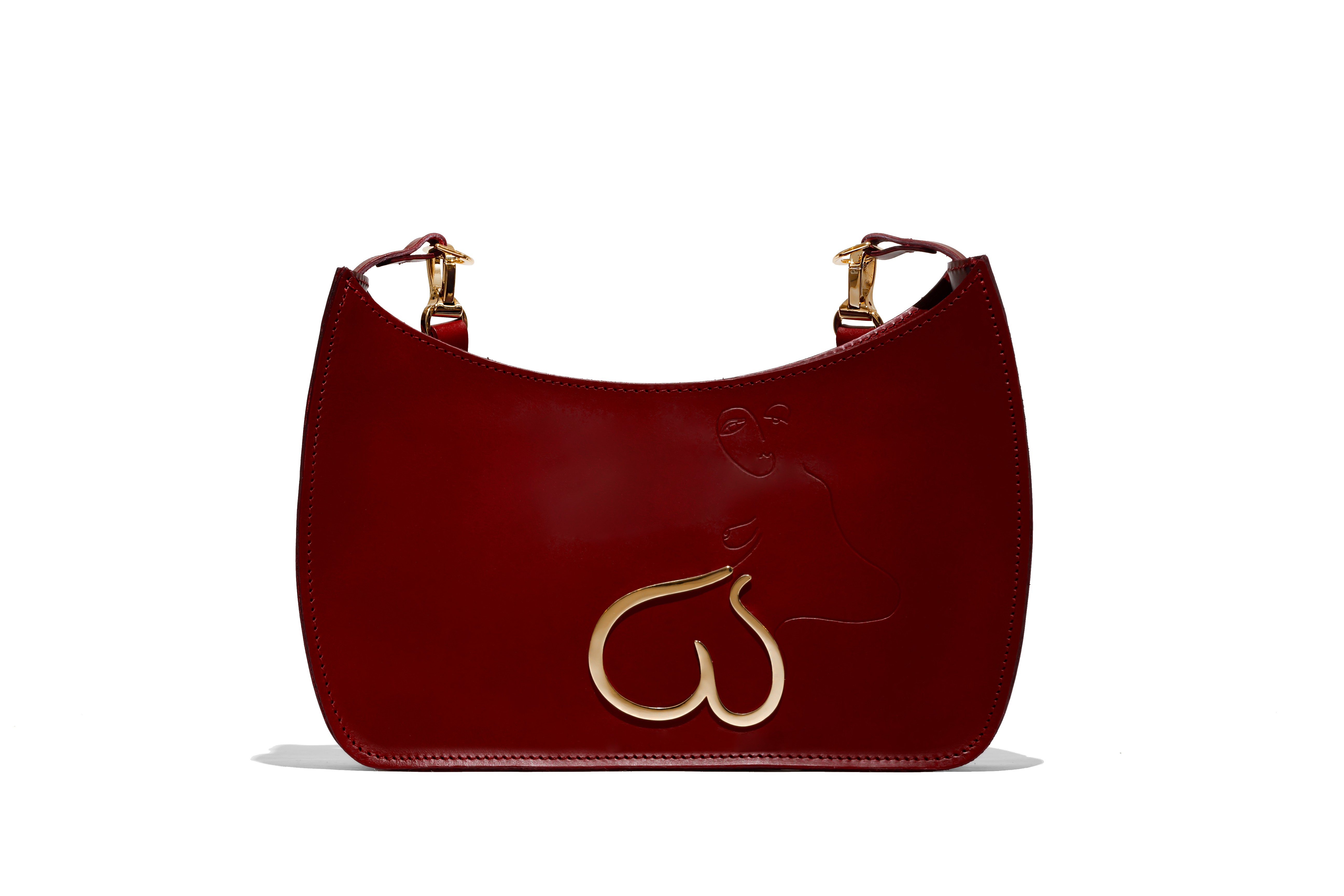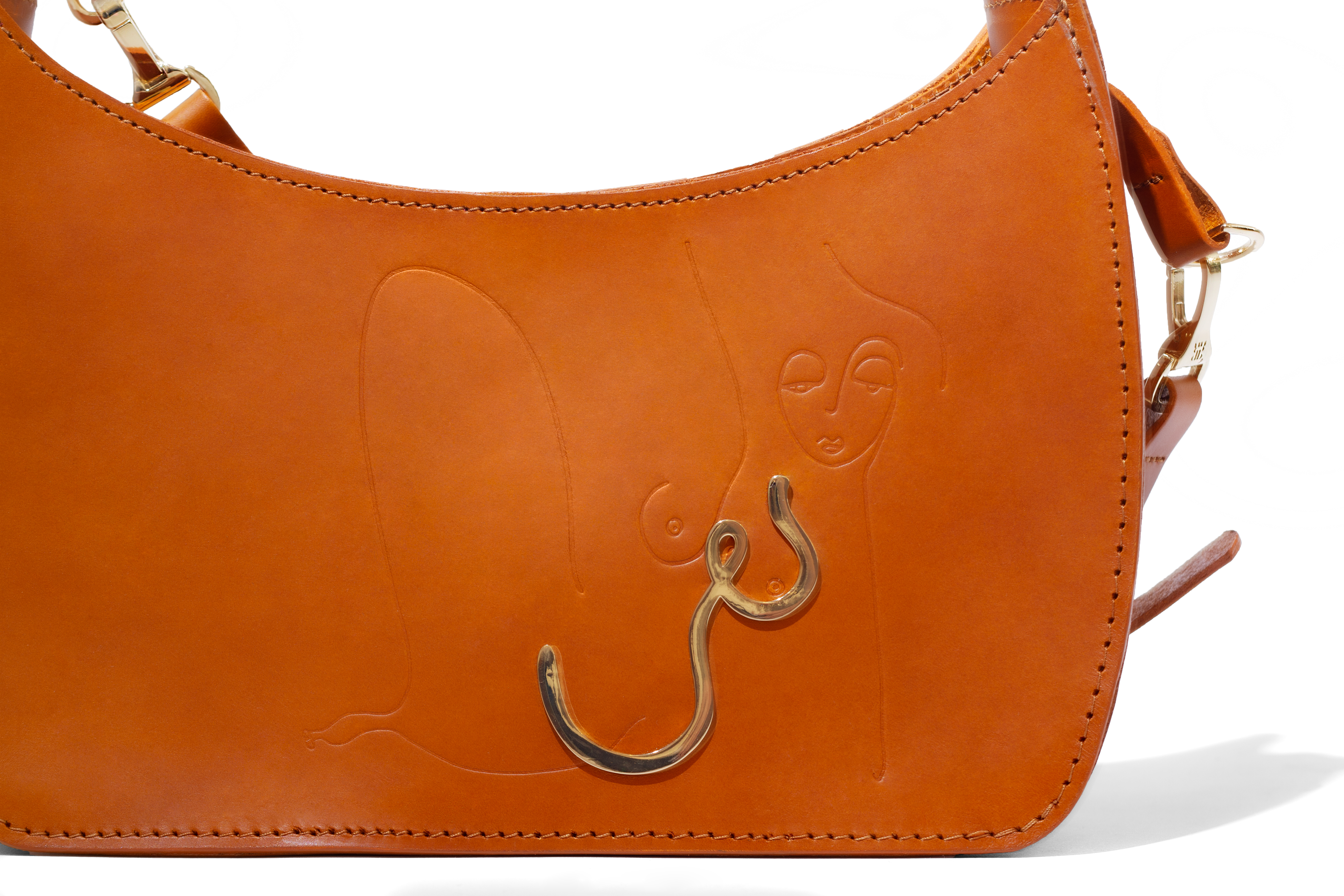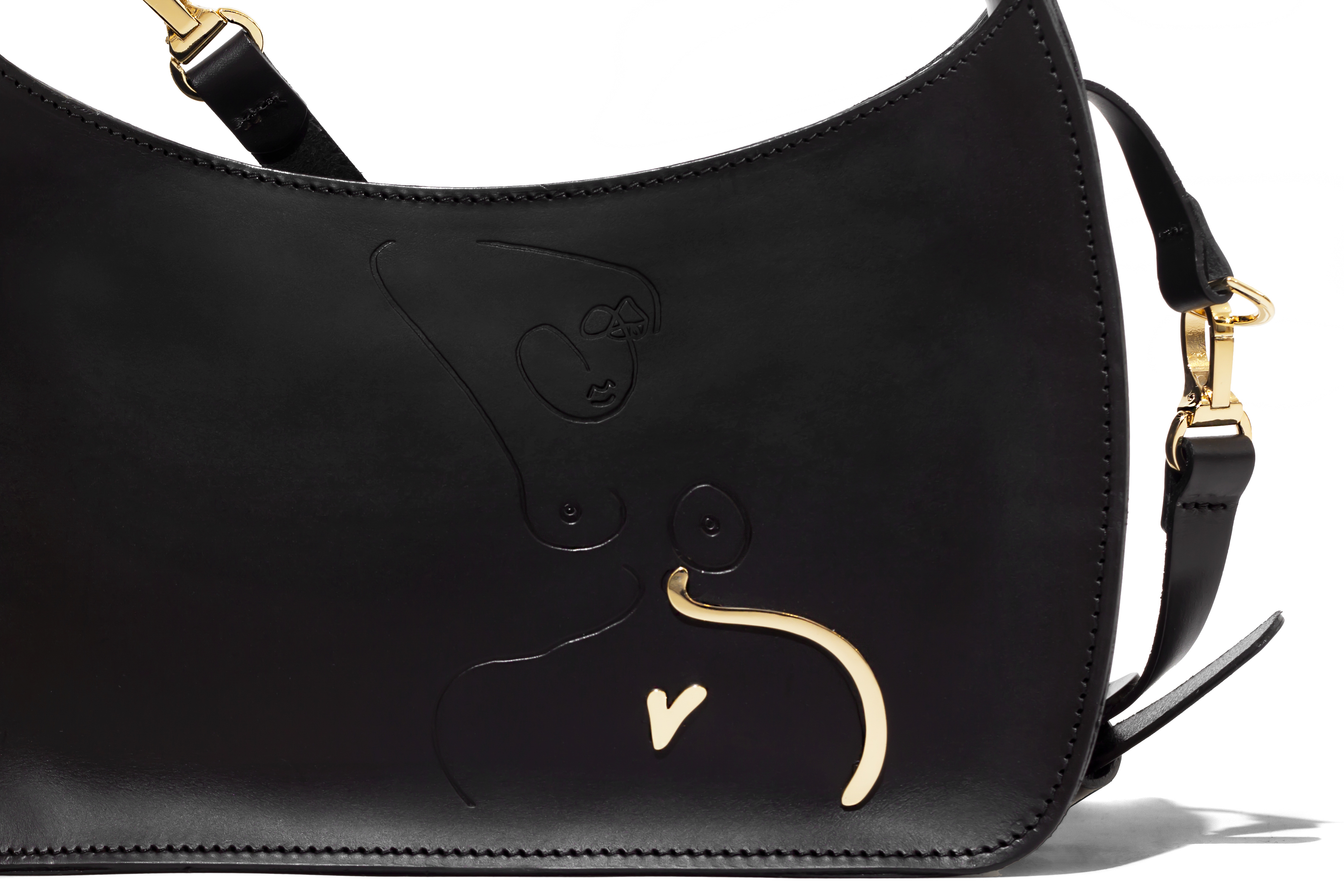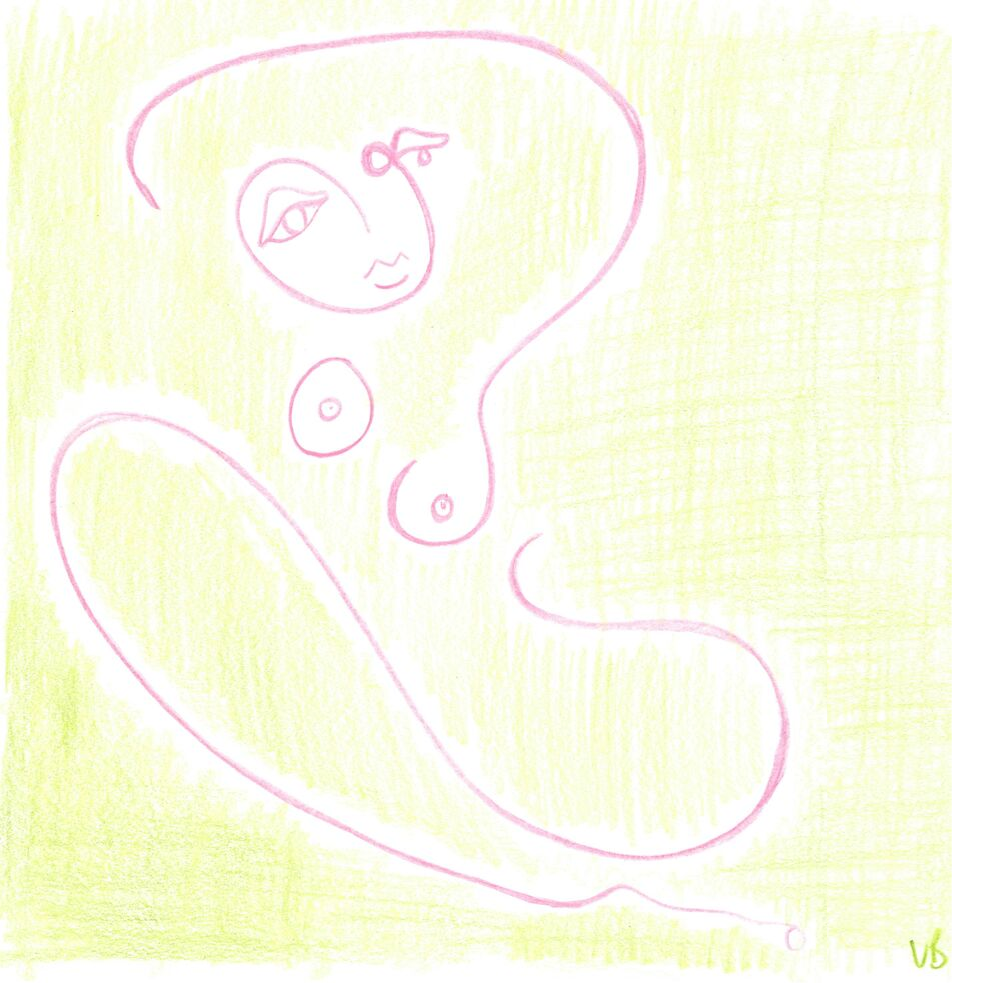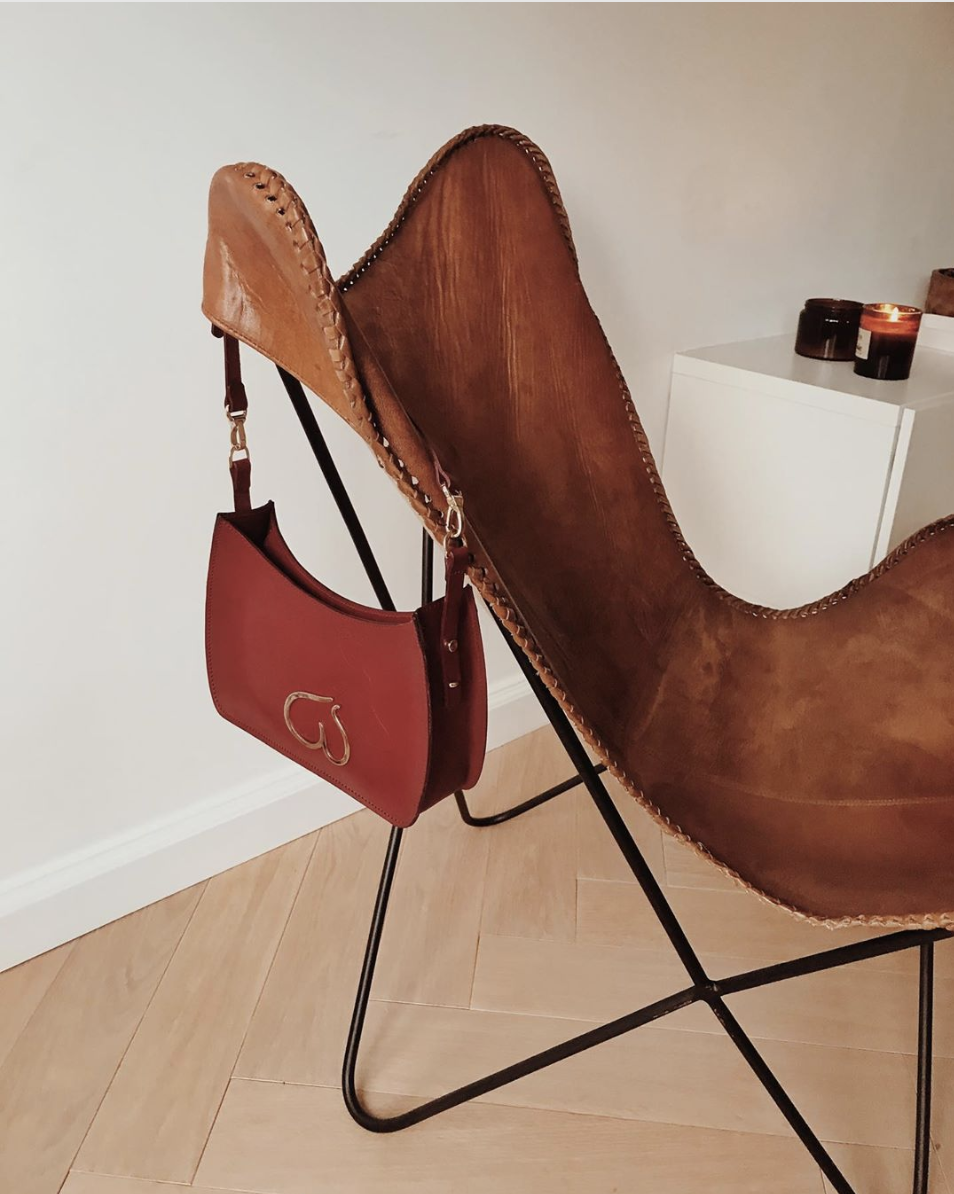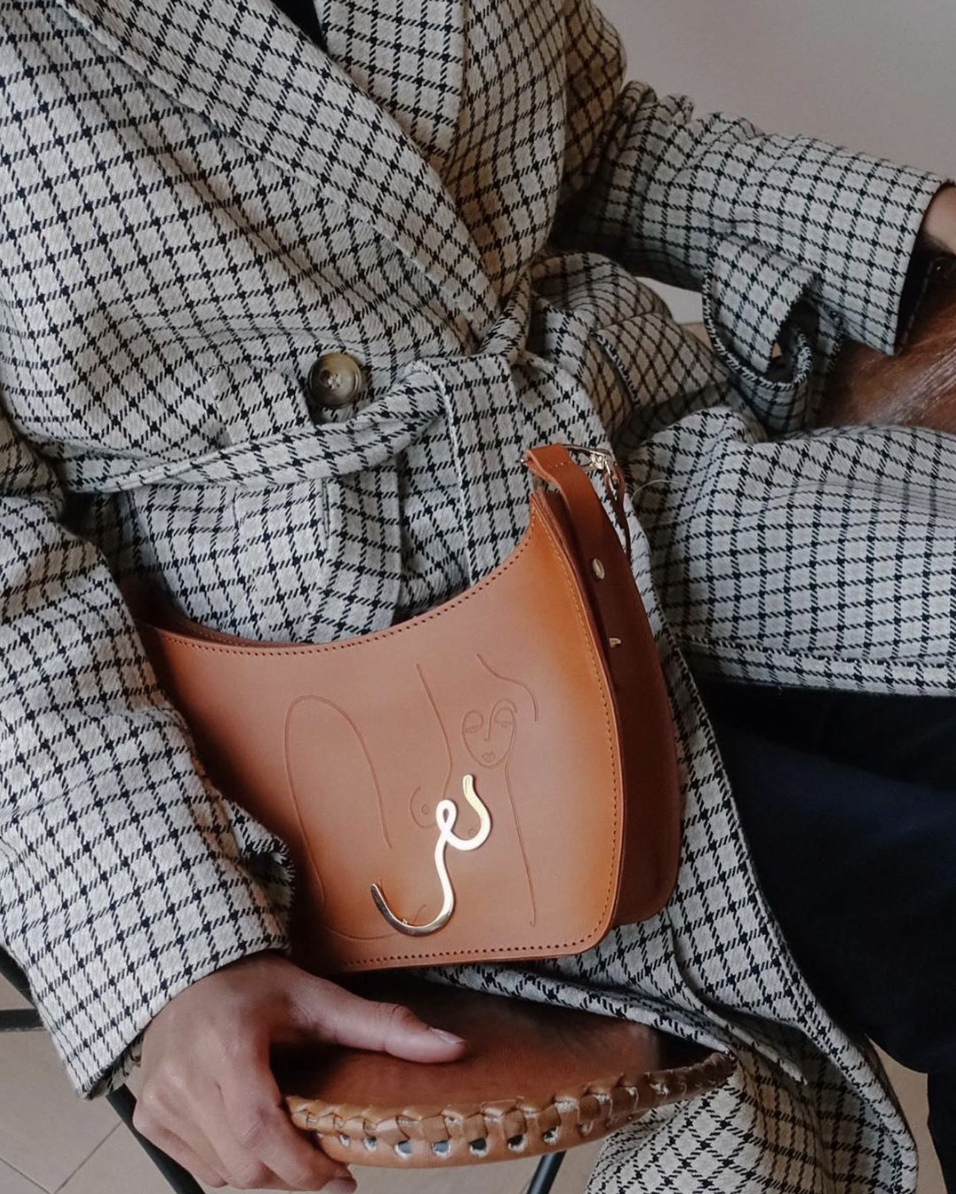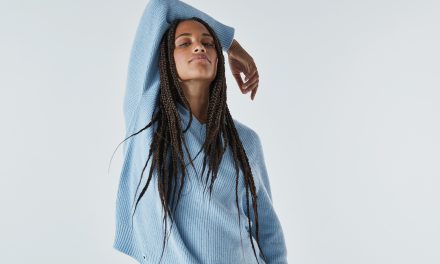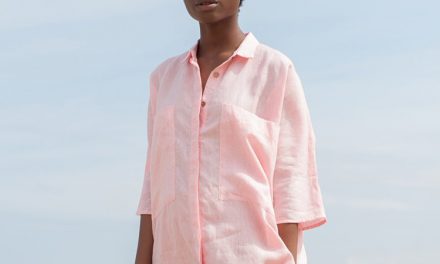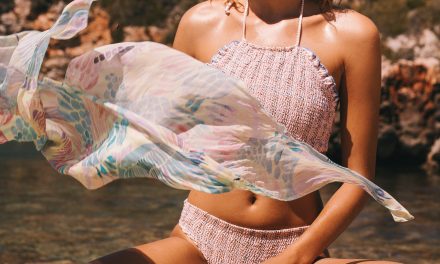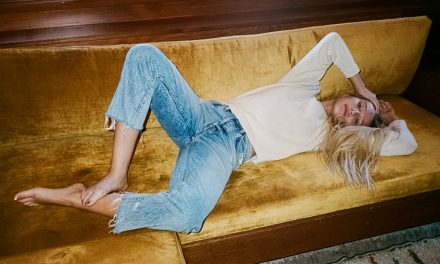Fashion Crush: PARADISE ROW
Image: Nika x Venetia
Nika Diamond-Krendel is the mind behind our latest fashion crush, Paradise Row. She’s the Founder and Creative Director of this leather goods brand, one of the few British ones to actually manufacture in London. Producing yearly collections, we met up to discuss the PARADISE ROW X VENETIA BERRY collection, how an eclectic background – retail banking, psychology and fashion just to mention a few – is nothing but a plus, falling in love with East London and fourth-wave feminism.
You founded Paradise Row in 2017, what were you doing before that?
Before founding Paradise Row, I worked in management consultancy in retail banking. I had a degree in Psychology and a Masters in Business Psychology from Goldsmiths and I naturally fell into a graduate job for about five years. I always wanted to set up a brand of my own from the get-go, however it had to have a purpose to it, especially helping people and communities, which is where my passion lies and not to exist for the sake of it being a business. Once I found that the area around me had a heavily declining leather industry with very few people with the leather artisan skills left, which London was once known for, I knew this should be the business and brand’s message and purpose with social good at its core.
Veganism has become more mainstream in recent years. When starting a handbag brand what made you choose real leather over faux?
Interesting question. Personally, I feel a lot more research needs to be done in faux leather, before making it part of Paradise Row’s business. Most vegan leather I come across are simply made of plastic, which I think has a far worse impact on the environment than real leather as it will outlive humans. Real leather is a byproduct of the meat industry and also is biodegradable and decays within fifty years on earth. There are some options coming out like Pinatex which is pineapple leather, however none that are able to hold a construct of our bags and are more suitable for clothing instead. There really are few and far in between options of suitable faux but natural leather for our products and Paradise Row is certainly not a brand who jumps on the bandwagon for the sake of making a quick buck, without thoroughly considering the consequences.
East London is historically known for being a hub for textile and leather manufacturing but has suffered in more recent years. Why was it important to you to bring leather production back to East London?
It is important to me, because I don’t feel people realise the social consequences of moving manufacturing out of an area. When an area is built on industry and that industry is removed, businesses relating to that industry close, people lose their jobs so will have to move out of the area to find other areas which provide jobs with their skills, therefore families are separated and communities therefore dissolve. Additionally, East London was known for its leather industry, Jimmy Choo started on Mare St and Anya Hindmarch started in Hackney, it would be such a shame that London internationally known for its leather goods and its British craftsmanship is no longer made in London.
Can you take us through how you source, dye and manufacture your leather bags?
I source vegetable-tanned leather from a local wholesaler in Dalston. As a small brand, we do not order huge volumes direct from the tannery, but deal with a local business instead. Ninety percent of the world’s leather is now chromium tanned leather and, if mismanaged, these chromium salts are damaging to the environment. The vegetable-tanned leather used by Paradise Row is the result of an artisanal method; animal skin (an otherwise wasted by-product of the meat industry) is placed in deep pits, where the naturally-occurring tannic acids in barks, leaves, and fruits like berries convert it to leather over months. This provides a very earthy and natural texture; it’s the most expensive type of leather.
You are releasing your third collection in as many years, which is a slower model of production and sales than most accessories companies. What made you decide to work this way?
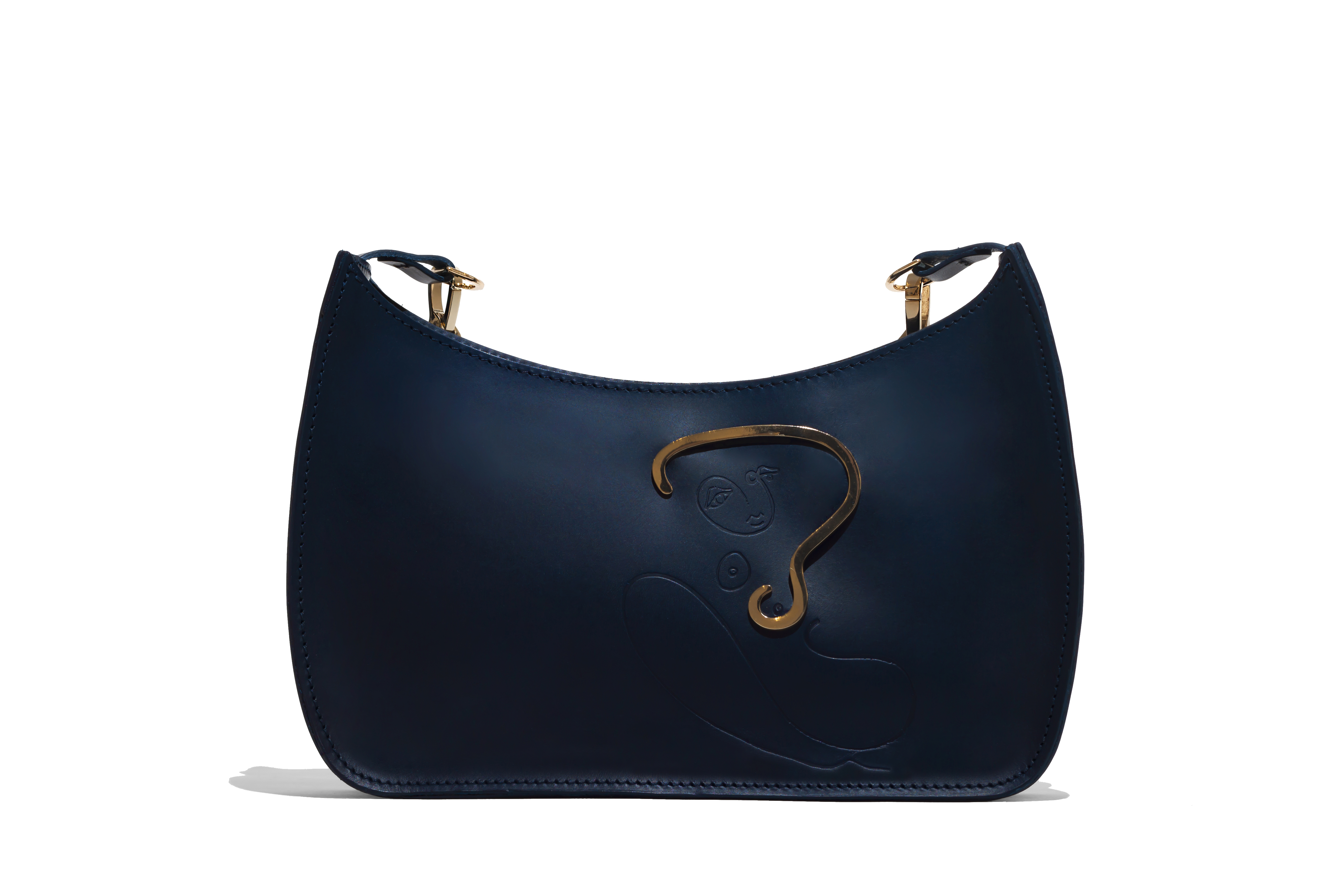
Pudica bag, £425,
Paradise Row x Venetia Berry
I genuinely believe that a luxury item which is handcrafted and has had dedicated time, skill, energy and environmental consumption, should last a lifetime and not be a throwaway item and I truly believe seasonal items contribute to that idea. Seasonality also results to overproduction and leftover stock, which is an absolute waste on so many levels, that I could list longer than my arm. I much prefer to producing according to demand and not overproducing according buying seasons. My designs which see like, which are released once a year, are based on stories which connect with people. Finding connections to our clothes and personal anecdotes for our accessories is a key way to ‘slow fashion down’ and prevent mindless consumption.
What was the inspiration behind the Hourglass Collection?
It took over a year to develop and sample our design and it has arrived at a poignant time where we are at the height of the #metoo movement and fourth-wave feminism. The collection is comprised of four distinctive designs, the collection illustrates four different parts of the female shape that have become a form of sexual objectification over the years and highlights how society strives towards the hourglass shape ideal. The inspiration behind the collection represents the female body and what it means to life rather than being an object of sexual gratification. We will be exploring the significance of four different female body parts and how they have been objectified over the years. But also focusing on how they are important to the human race and that you can appreciate the beauty of a body part and the human behind it without completely sexualising it. Each bag is named after different life drawing poses in art history and explores how the body parts have been idealised over time; Contrapposto (waist), Serpentine (vagina), Venus Pudica (breast) & Odalisque (buttocks).
What was the reason for you teaming up with artist Venetia Berry for your third collection?
We have been following one another’s work from the very beginning. I remember seeing Venetia’s work from her first exhibition at Alex Eagle, a time before her more abstract work, Stretch Marks. She also followed me from my first collection and so it felt very natural to come together for a collaboration. It was perfect timing as it was just before I launched the second collection, Empathy and I knew for my third collection, I wanted to explore something around the arts and its depiction of the female form. I loved that on collaborating how in sync we were with one another from the beginning of what we wanted to achieve with the collection.
What was the inspiration behind the Hourglass Collection?
It took over a year to develop and sample our design and it has arrived at a poignant time where we are at the height of the #metoo movement and fourth-wave feminism. The collection is comprised of four distinctive designs, the collection illustrates four different parts of the female shape that have become a form of sexual objectification over the years and highlights how society strives towards the hourglass shape ideal. The inspiration behind the collection represents the female body and what it means to life rather than being an object of sexual gratification. We will be exploring the significance of four different female body parts and how they have been objectified over the years. But also focusing on how they are important to the human race and that you can appreciate the beauty of a body part and the human behind it without completely sexualising it. Each bag is named after different life drawing poses in art history and explores how the body parts have been idealised over time; Contrapposto (waist), Serpentine (vagina), Venus Pudica (breast) & Odalisque (buttocks).
You explore a lot of complex themes in your design, most recently the female form with your third collection. Why do you prefer this way of working as opposed to designing around fleeting seasonal trends?
Storytelling drives the designs of my collections. The collections are always an addition to the last and never in a replacement of the last and I want to build the collections to last. I am genuinely not interested in seasonal trends and I design what is truly inspirational to me at a particular time in society. Each collection is themed according to an aspect of society – the first collection themed around East End culture, where the brand is born and made. The second collection plays on psychology, on how we can be more empathetic as people. The latest collection speaks to how women are depicted in society throughout art history. Without reflections on society, I cannot come up with designs. Simple as that. The designs of the bags are driven to be viewed as an art piece and a statement by the customer and they know when they purchase, for example, The Pearly today, in ten years time it would still be relevant, due its meaning as well as its classic design. I also I feel I have to share that inspiration with my customers, so each purchase comes with a story card informing about the inspiration behind the design. Many customers have actually purchased the bags because they felt the meaning behind them somehow related to their life. Daisy Lowe requested ‘The Boxer’ bag as her grandfather was once a local boxer who boxed at York Hall in Bethnal Green.
Can you describe the Paradise Row woman?
Our brand is non-binary, however the people who do purchase our bags are often individualistic, have an eye for design and craft and appreciate culture.
How important is sustainability to you and what are your goals for Paradise Row?
Sustainability is incredibly important to me and we are lucky as a start-up brand, we have the ability to consider it in every decision we make. Paradise Row brand’s main focus is social impact and helping rebuild the London leather industry that has been hollowed out by cheaper labour abroad, supporting a local trade chain and preserving this incredible craftsmanship of the area that existed for over hundreds of years. However, we do also consider environmental impact and our carbon footprint, with where our team are within a few mile radius of the office and that our manufacturing operations and the front office operations are in the same area, lowering vehicle miles and carbon emissions. Our brand is all local, we work local London wholesalers, workshops, employees, graphic designers, photographers, providing a circular economy. Also as discussed above, we are not ‘seasonal’ in the typical fashion house sense, having smaller production runs, not producing overstock and wastage that clogs UK landfill.
Disclaimer: The people and models in the images featured are not associated with The Vendeur and do not endorse it or the products shown. This post may contain affiliate links. Prices correct at time of publishing

